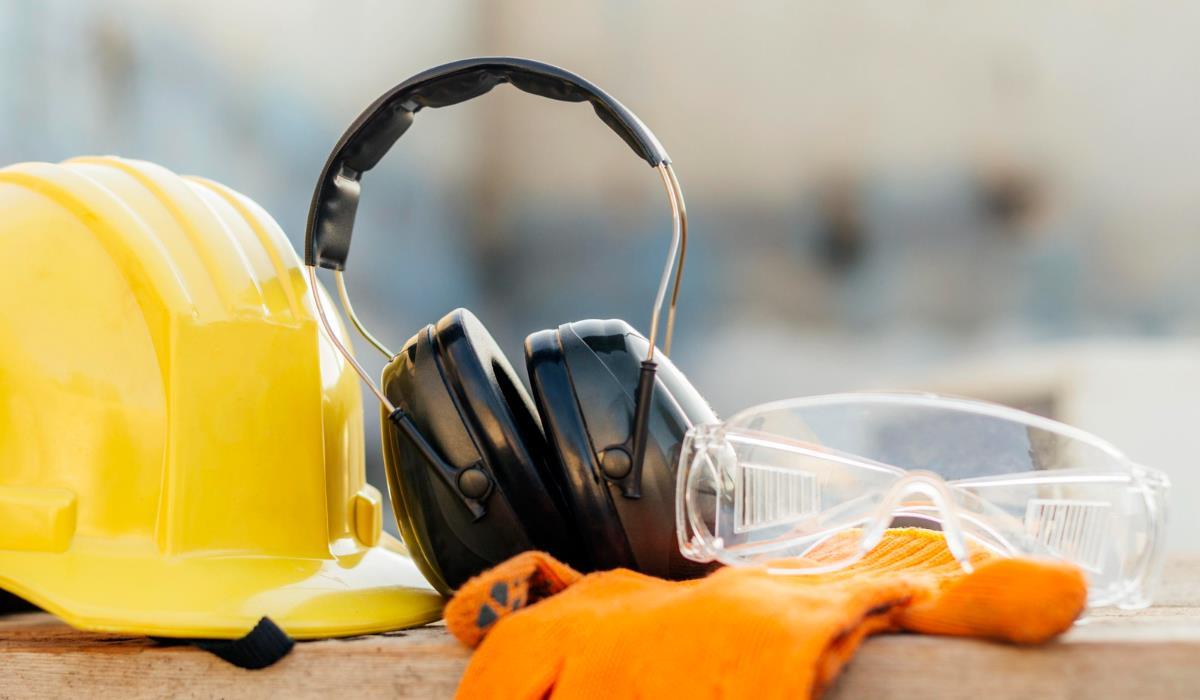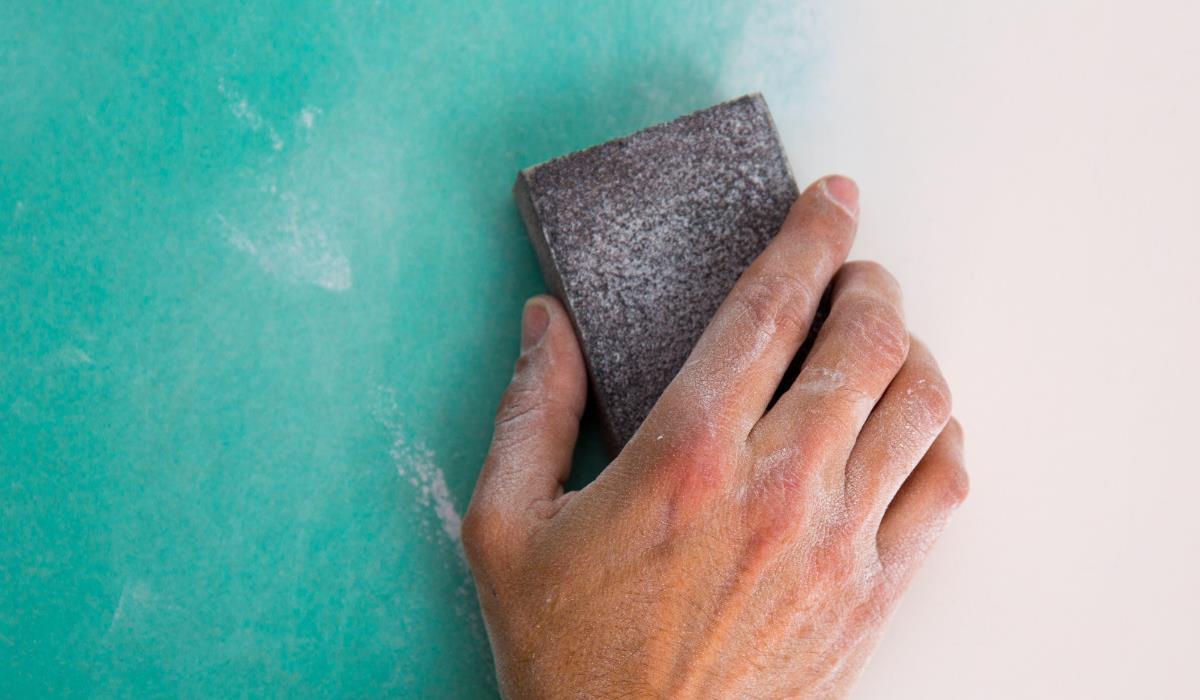Thinking about everything isn’t always easy. But keeping your family safe is always easy to remember because it’s the number one priority. This also applies to your home, which is something to keep in mind first. You may have had an asbestos roof replaced, so you know that removing paint containing lead is as difficult as it is important.
Many old houses have walls painted with paint containing lead, which begins to peel off and can cause serious health problems. In this article, we will discuss an important issue related to the safe disposal of paint containing lead. Lead is a toxic substance, so proper procedures and precautions are essential when removing such paint to minimize the risk of exposure to harmful particles.
Here are the best ways to remove paint from wood.
Removal of paint containing lead – when is the presence of paint dangerous?
While lead paint is known to be dangerous, most people don’t understand that its presence in the home doesn’t necessarily mean it’s a threat to the family. It’s more complicated than it seems. If the paint is in good condition, tight and not flaking, it will usually not cause any problems. The problem arises when the paint starts to flake, forming crumbs that turn into dust. The dust is then inhaled, resulting in lead poisoning.
It’s always a good idea to test your paint for lead if it was applied before 1978. However, sometimes it’s best to simply paint over the lead-containing paint rather than remove it. Removing it carries risks if not done properly. It is best to have lead paint removed by a specialist EPA certified company. They will remove the paint in a very safe way, but of course there is a cost. If you can’t afford it, you can remove the paint yourself, but be very careful.
Symptoms of lead poisoning

There are many symptoms of lead poisoning that can be attributed to something else. But if you’re concerned that you’ve been exposed to lead, here are some symptoms to watch out for and consider whether you should see a doctor.
Safe removal of lead containing paint – step by step
Removing paint containing lead is not as difficult as it may seem. The most important thing is to do things safely. Otherwise, it will just be a job that anyone can do. Even so, never let children help you remove lead-containing paint.
Step 1: Ventilate and de-vent
Turn off heating and cooling systems to prevent paint crumbs from spreading. Then cover all roof vents with foil or adhesive tape. You can also close the door and put a towel under it. Finally, it’s a good idea to open a window and point the fan outside. This will help prevent getting stuck in a room with lead paint while ensuring air circulation. However, this is not necessary if you clean up thoroughly after work. Protecting yourself is probably even more important than protecting the room. Therefore, wear a lead filter mask, not a construction or medical mask. You should also wear protective goggles and rubber gloves.
Step 2: Wet the paint
Spray paint that is peeling or peeling with a spray bottle of water. Work in very small areas and work only on damp paint. Spray and work. Running dry may seem more comfortable, but so is leaving the air conditioning on. But both methods are wrong. Protect your health by working on a damp surface to keep things in check and prevent lead dust from becoming airborne.
Step 3: Scrape and sand the paint

Now, after wetting the area, scrape off the paint. After scraping the area, spray it again and sand it with a sanding sponge. This will take longer than dry sanding, but dry sanding can be dangerous with lead containing paint. So stick to this method.
Step 4: Clean the area
Remove paint as you proceed, using a bucket of warm water to clean the area after sanding. You want to repeat the process of scraping and sanding until the paint no longer peels off effortlessly. Then you can move on. When you do, clean the area with warm water using a fresh cloth or sponge.
Step 5: Clear the room
When you’re done, leave the equipment on and vacuum with a HEPA certified vacuum cleaner. Even if it seems silly, you want to use that special vacuum cleaner, not the one you vacuum your house with. It may seem strange that you should be dusting the protective canvas.



